In both casual and professional conversations, “no problem” is one of the most common ways to acknowledge someone’s thanks. While it’s perfectly acceptable, using it too often can make your responses feel monotonous or overly casual—especially in professional settings. Sometimes, changing up your responses can enhance the tone of your communication and convey politeness, helpfulness, and competence in a more tailored way.
Here, we’ll explore 15 alternative ways to say “no problem.” Each example will be paired with scenarios to show how these expressions can fit naturally into business emails, meetings, customer service interactions, and more. Whether you’re responding to a colleague, a client, or a friend, you’ll find the perfect phrase for every situation.
1. Don’t Worry About It
This expression is ideal for casual situations when you want to reassure someone that their request was not a burden. It is an excellent way to convey a friendly, approachable tone.
Example (Casual Communication)
Imagine you’re at a party, and a friend spills a drink on your favorite shirt. You smile and say, “Don’t worry about it, accidents happen!” It helps lighten the situation and shows that you’re not upset.
Example (Customer Service)
In customer service, a representative could say to a customer who has expressed concern over a delayed delivery, “Don’t worry about it, we’ve got it handled.” This offers reassurance and helps build customer satisfaction.
2. It’s My Pleasure
A polite and professional response, “It’s my pleasure” conveys warmth and gratitude. It’s an excellent way to show that you genuinely enjoyed helping.
Example (Business Email)
In a formal email to a client, you might write, “Thank you for your kind words. It’s my pleasure to assist you with this matter.” This response adds a professional, courteous tone to the communication.
3. No Worries
A casual yet reassuring response, “no worries” is perfect when you’re in a relaxed setting and want to make someone feel at ease.
Example (Informal Setting)
A friend thanks you for picking up something for them at the store. You might say, “No worries, I was happy to help out!” This keeps things light and friendly.
Example (Customer Interaction)
If a customer apologizes for taking longer than expected to explain an issue, you can say, “No worries at all, I’m here to help.” This response shows you’re both helpful and understanding.
You might also like: 15 Other Ways to Say “The Text States”
4. It’s the Least I Can Do
This expression conveys modesty and a willingness to help, making it a perfect way to respond to someone’s thanks when you feel the action was small or easy.
Example (Business Context)
If a colleague thanks you for covering for them during a meeting, you can respond, “It’s the least I can do. Happy to help!” This shows you’re not seeking recognition but genuinely offering assistance.
5. Certainly
When you want to sound professional, “certainly” is a great alternative to “no problem.” It’s a confident, yet polite way to show you’re more than willing to assist.
Example (Professional Email)
In response to a client email requesting information, you might reply, “Certainly, I’ll send over the details by end of day.” This maintains a professional tone and assures the recipient that their request will be fulfilled.
6. Glad to Help
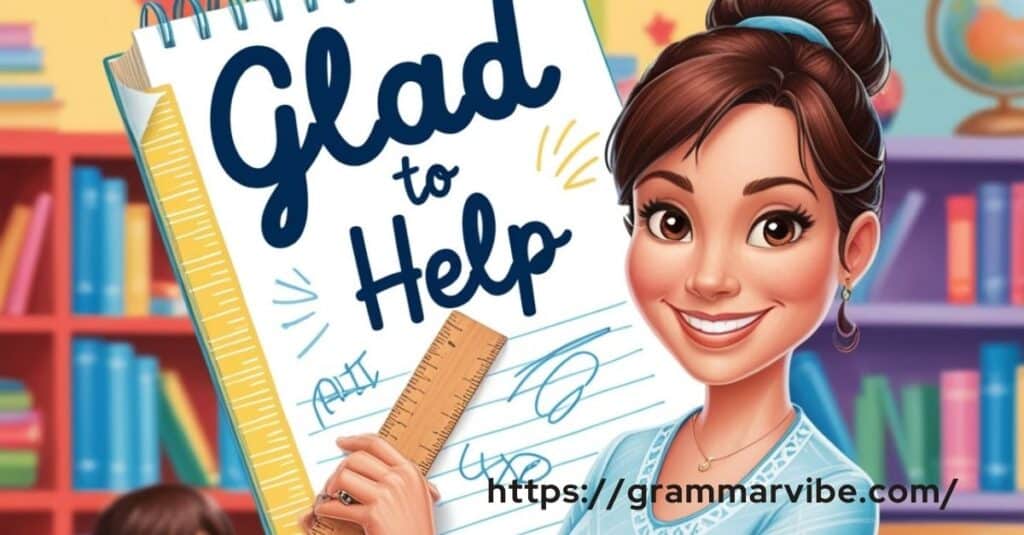
This expression communicates a friendly and enthusiastic willingness to assist. It’s a great way to show that you’re not just fulfilling a request, but genuinely enjoy being helpful.
Example (Job Interview)
If a hiring manager thanks you for providing insights during an interview, you can say, “Glad to help, I’m really excited about this opportunity.” This response adds a personal touch to your professionalism.
7. Don’t Mention It
This is a great modest expression, showing that you’re downplaying your effort and indicating that no thanks are necessary.
Example (Casual Setting)
When a friend thanks you for lending them a book, you might say, “Don’t mention it, I’m just glad you’re enjoying it!”
Example (Customer Service)
In a customer service context, after assisting with a technical issue, you might say, “Don’t mention it, I’m happy we could resolve the problem for you.”
More for you: 15 Other Ways to Say “Sorry to Hear That”
8. It Was Nothing
If you want to be especially humble, “It was nothing” can make your response sound light and easy-going, implying that the task wasn’t a big deal.
Example (Social Media)
Imagine a friend thanks you on social media for a favor. You could respond with, “It was nothing, just happy to help!”
Example (Professional Communication)
In a professional meeting, after answering a question, you might say, “It was nothing, happy to clarify that for you.”
9. Sure Thing
This expression is casual but can convey confidence and assurance. It’s ideal when you want to express certainty about fulfilling a request.
Example (Text Message)
When a colleague texts you asking if you can handle a task, you could reply, “Sure thing, I’ll take care of it right away!”
Example (Client Meetings)
During a client meeting, if they ask for a follow-up on a project, you could confidently say, “Sure thing, I’ll have the report ready by tomorrow.”
Check out this: 15 Other Ways to Say “Thinking of You”
10. No Trouble at All
This phrase is a friendly, reassuring way to let someone know that what they’ve asked is easy for you.
Example (Workplace)
If a team member thanks you for reviewing a document, you could reply, “No trouble at all, I’m glad to help out.”
11. My Pleasure
Often used in formal situations, “my pleasure” is an elegant way to convey your appreciation for the opportunity to assist.
Example (Business Email)
When a client thanks you for organizing a meeting, you might write, “My pleasure, I look forward to our continued partnership.” This is a more professional way to acknowledge their gratitude.
12. Of Course
This expression works well in both casual and professional contexts, signaling that helping the person was an obvious choice for you.
Example (Professional Setting)
In a business email, if a colleague asks for help with a project, you could say, “Of course, I’d be happy to help you out with that.”
13. I’m Happy to Assist
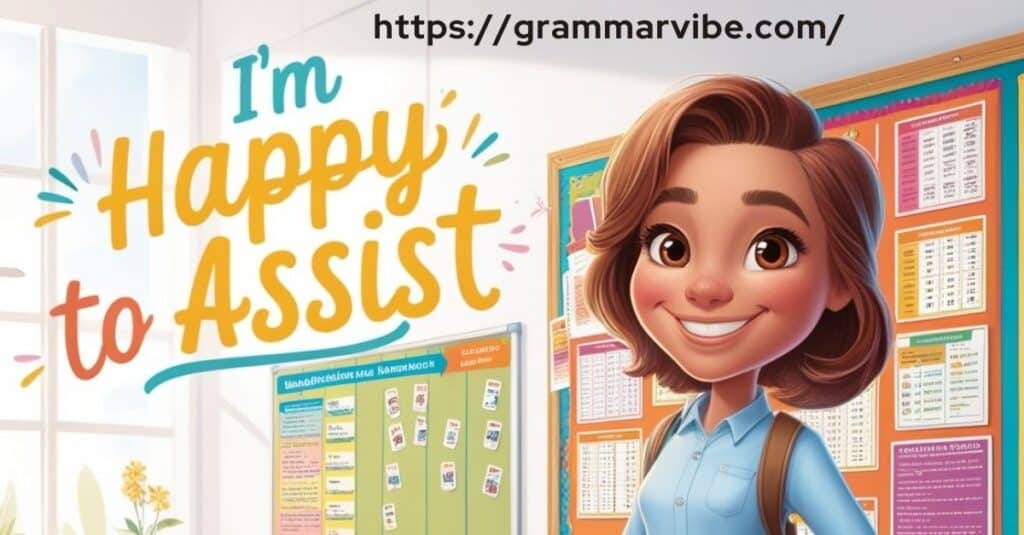
A slightly more formal version of “I’m happy to help,” this response is particularly appropriate in business contexts where you need to maintain professionalism.
Example (Customer Service)
After helping a customer resolve an issue, a customer service representative could say, “I’m happy to assist, please don’t hesitate to reach out again.” This reinforces a positive relationship and conveys helpfulness.
For your interest: 15 Other Ways to Say “As You Can See”
14. It’s All Taken Care Of
This is a reassuring way to let someone know that their issue or request has been handled with no further action needed on their part.
Example (Meetings)
In a team meeting, if someone expresses concern about a task being incomplete, you could respond, “Don’t worry, it’s all taken care of.”
Example (Client Communication)
In a business context, if a client asks for an update on their request, you might reply, “It’s all taken care of, everything is on track.”
15. Absolutely
This word is direct and conveys both confidence and enthusiasm. It shows that you’re fully committed to helping, without hesitation.
Example (Job Interview)
When the interviewer asks if you’re able to work on certain tasks, you could reply with, “Absolutely, I’m confident I can handle that.” This shows competence and eagerness.
Table of Alternatives to “No Problem”
| Phrase | Tone | Ideal Use |
|---|---|---|
| Don’t Worry About It | Reassuring | Casual, Customer Service |
| It’s My Pleasure | Polite | Business Emails, Meetings |
| No Worries | Casual | Informal, Customer Interaction |
| It’s the Least I Can Do | Modest | Professional Settings |
| Certainly | Professional | Business Emails, Client Meetings |
| Glad to Help | Enthusiastic | Casual, Job Interviews |
| Don’t Mention It | Humble | Casual, Customer Service |
| It Was Nothing | Humble | Casual, Professional |
| Sure Thing | Confident | Text Messages, Informal Communication |
| No Trouble at All | Reassuring | Workplace, Meetings |
| My Pleasure | Polite | Customer Service, Formal Situations |
| Of Course | Casual/Confident | Business Emails, Client Interaction |
| I’m Happy to Assist | Formal/Polite | Customer Service, Professional Context |
| It’s All Taken Care Of | Reassuring | Meetings, Customer Interaction |
| Absolutely | Confident | Job Interviews, Client Communication |
Conclusion
Using different ways to say “no problem” can make your communication sound more thoughtful and engaging. Whether in professional settings or casual conversations, choosing the right phrase adds variety and shows you are attentive to the context. By mixing up your responses, you can improve your customer interactions, workplace etiquette, and social communication, making your exchanges more polished and effective.
Remember, the key is to choose an expression that fits the tone and nature of the communication. Whether you’re sending business emails, participating in client meetings, or engaging in informal conversations, these alternatives will make your responses sound more natural, polite, and engaging.

Kyren Paul is an experienced blogger and the creative mind behind “Grammar Vibe.” With a passion for the nuances of English grammar, he brings clarity and insight to everyday language topics, making grammar accessible and engaging for readers of all levels.


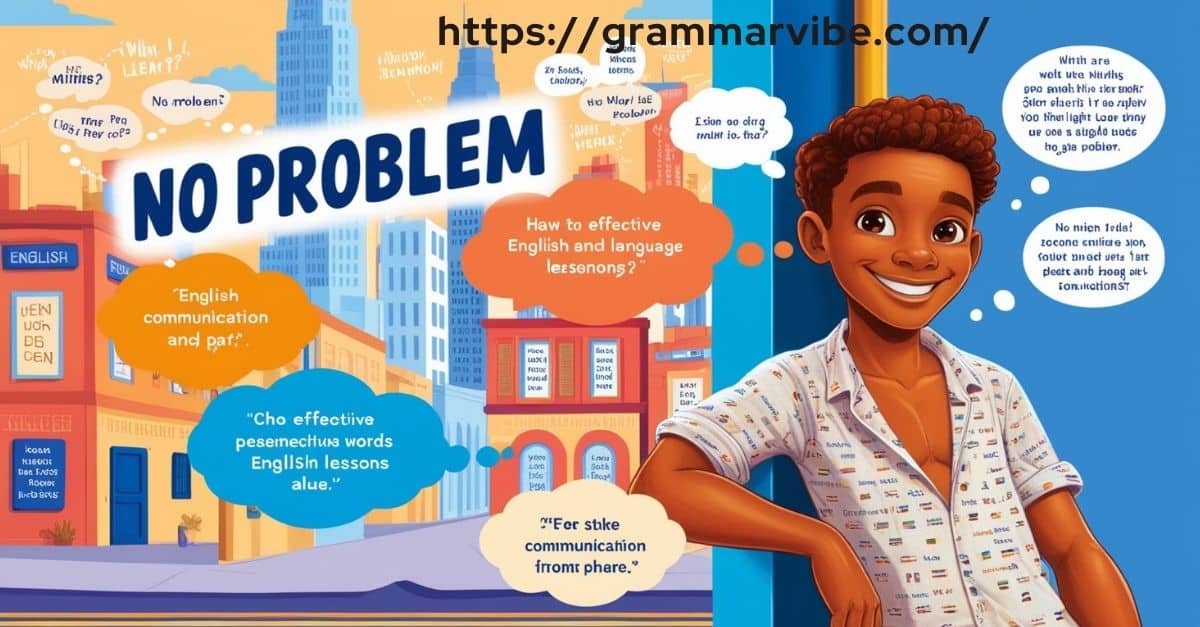
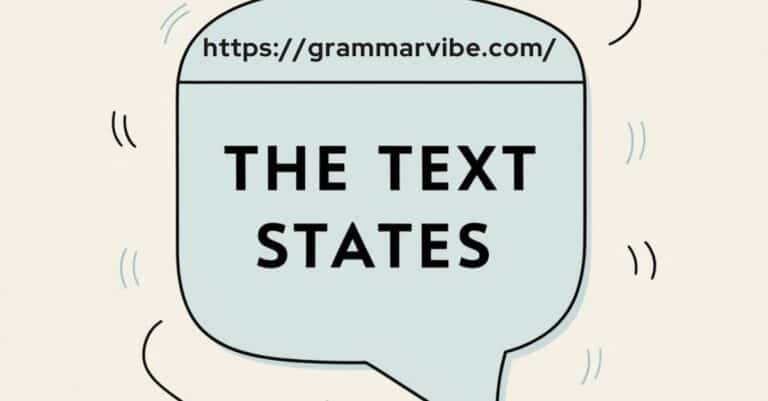
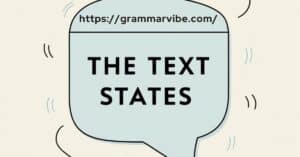






Leave a Comment